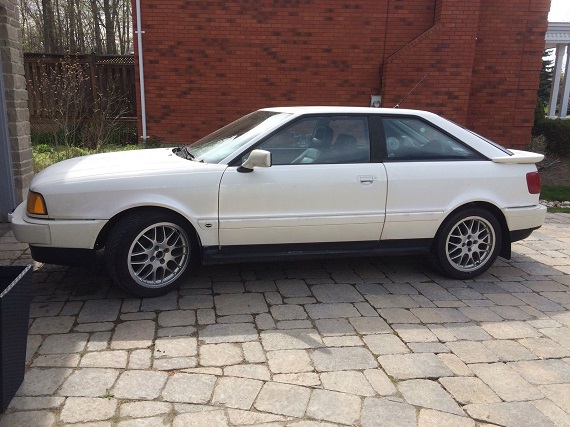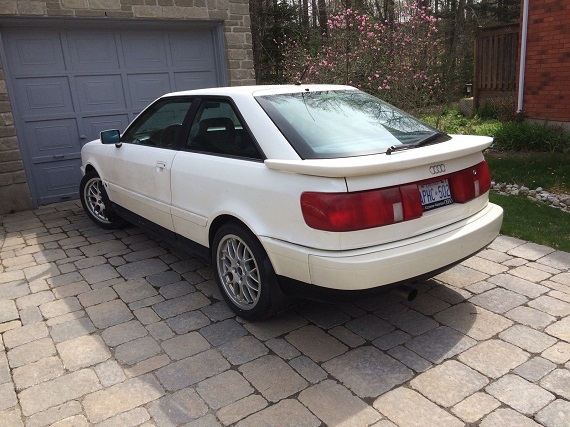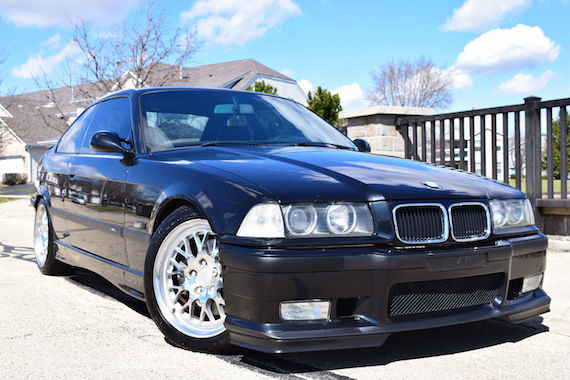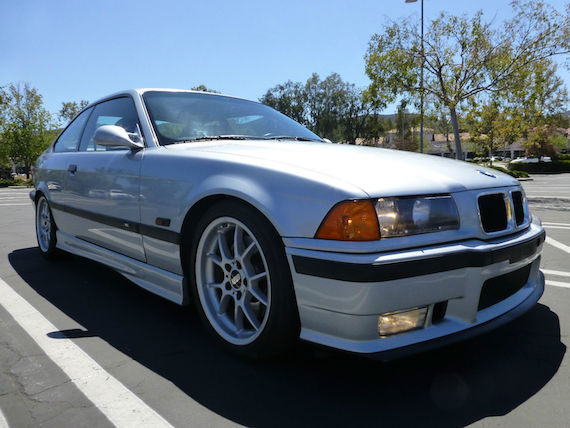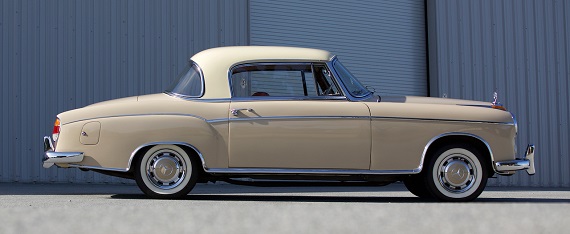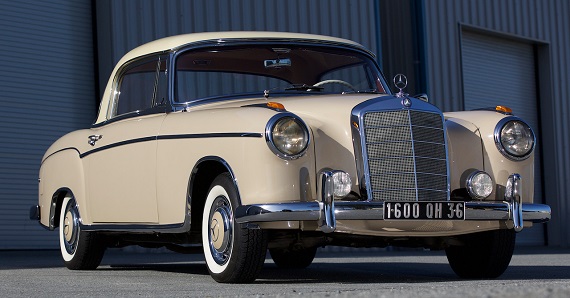Nomenclature has been something Audi fans have struggled with, but to be fair the naming scheme from Ingolstadt hasn’t always been particularly straightforward. For example, though ubiquitous as the Coupe GT, there was actually a trim and performance difference between B2 front drive Coupes and Coupe GTs. Similarly, though U.S. fans often fair to recognize it, the B3 Coupe quattro was actually the second Coupe quattro; Europeans enjoyed the option of having a non-turbocharged, non-flared version of the B2 platform which few but the most dedicated U.S. Audi Coupe fans are aware of. Then there’s the name – properly, a capitalized Quattro refers to the aforementioned legend – the model that launched the branding of Audi’s all-wheel drive system. Every subsequent model that followed properly has a lowercase “q” if it sported the optional all-wheel drive. That even goes for models that were only offered in all-wheel drive, such as the V8 quattro. So confusing is the naming scheme that fans have taken to using “Ur” to refer to the Quattro (though proper capitalization would take care of the problem) for not only the original model, but the C4 S4/S6 and I’ve even been seeing it used for TTs, A4s and a few others. But the B3 and B4 Coupe wasn’t just offered in all-wheel drive; there were a long line of optional engines in the Coupe in both two and four wheel drive. However it only came to the U.S. in one configuration – the under appreciated 7A inline-5 20V motor pushing all four wheels. The B3 ran the second generation of quattro, with the center differential controlled by a Torsen unit and the rear open with an optional, speed limited locking unit. It upped the safety and electronic options to respond to market demands. They were heavy with electronic features including power seats, and passengers enjoyed the confusing safety net known as PROCON-10 – essentially, a series of cables which pre-tensioned seatbelts in the event of a crash. Though the production run of U.S. Coupes was brief at only 2 years and roughly 1700 units, there were many changes over that time. The motor changed ISV valves and computers as well as swapping from a tubular header to a cast iron unit. Shortly into production, airbags became standard on both the Coupe and sedan models. A rear swaybar was added, along with changes to the hydraulic system. All of these went relatively unseen to consumers, making the only notable change the addition of a glass sunroof to 1991 models. For the most part, these cars came fully loaded with the only options being Pearlescent White Metallic paint and power heated seats, unlike the sedan which despite being fewer in number has much more variety in options. This 1990 example was basically as expensive as a B3 got here:
Tag: Coupe

In start contrast to yesterday’s very clean but crack-pipe-priced Friday Fail M3, we have a well-tuned, low-mileage E36 M3. The yin to yesterday’s yang, this black 1995 coupe has mild engine mods including a Jim Conforti chip and intake while the suspension modifications are a bit more extensive, dropping it low over the lightweight Fikse wheels. With just 89k miles, it hasn’t traveled that much more than the white devil and is in nearly as good of shape – it’s just not being advertised as the ridiculous creampuff investment that the looney toons at Earth Motors were hocking. With a reserve auction and Buy It Now right under $16k, this is a clean and fast M3 that epitomizes their performance value right now.
Click for details: 1995 BMW M3 on eBay
1 Comment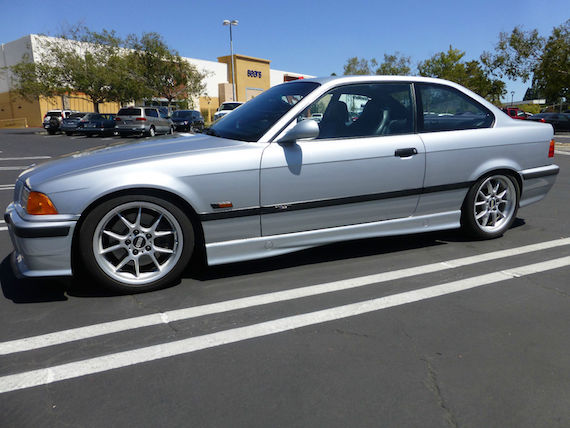
I’ve been seeing a pristine white E36 M3 coupe on perfect Style 22s, looking like a wonderful mix of stock daily driver that gets pampered in the garage every night. Even though history has shown it to be the most banal M3, there are still so many things right about this car. It’s sized right. The simple but aggressive lines perfectly support the car’s ethos. Just as I imagine that white example is cared for, the E36 M3 is the perfect car to dote upon, drive every day, and enjoy the hell out of.
This one-owner silver 1995 coupe is not quite the same stock-queen as the local white one, but it’s has just 90k miles and a host of well-chosen modifications. Suspension upgrades, chip, brakes, exhaust, and wheels complete the standard modification lineup on this now two-decades-old M3 that brings a few nice stock options like the slicktop sunroof delete and Vader seats. For just $10,500, it’s the perfect representation of why the E36 M3 is in the running for best performance value available.
Click for details: 1995 BMW M3 on eBay
5 CommentsFollowing World War II and the near complete destruction of the Mercedes-Benz production capacity, the company nursed itself back to life with the pre-War 170 model. Production of that model would pave the rebuilding of the Sindelfingen plant that would launch the company’s resurgence to the top of the market. The new ‘Ponton’ model would be introduced to the public in the fall of 1953 and would remain the bulk of production for the remainder of the decade. It would be available in an amazing sixteen different model configurations, ranging from 4-cylinder sedans to 6-cylinder cabriolets. The Ponton represented a technical leap forward from the company who had invented the automobile, with independent suspension and an available automatic clutch dubbed “Hydrak” being the big headlines. Mercedes-Benz also steadily improved the performance over the model run, and when it came to the 2.2 inline-6 in the 220S, dual Solex downdraft carburetors helped to develop over 100 horsepower. But it was style, not performance, that helped to set the Ponton models apart and especially in Coupe and Cabriolet form, they were special cars indeed:
